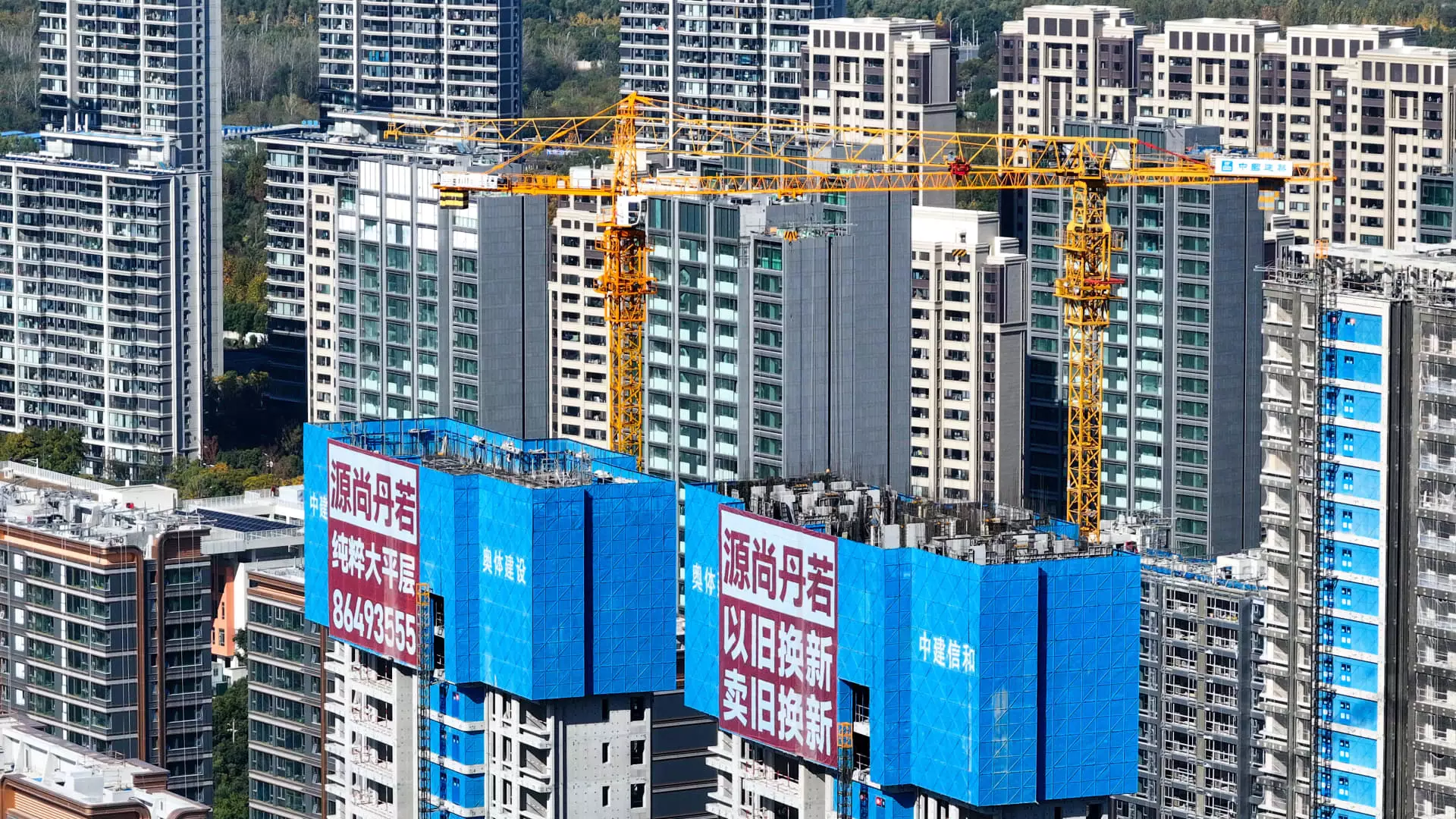China’s economic landscape is under intense scrutiny as the government implements a series of stimulus measures to revive growth. However, despite initial signs of improvement in certain sectors, the broader impact of these efforts remains uncertain. This article delves into the responses of key companies, the overall conditions in various industries, and the implications for the future of China’s economy.
Since the late September announcement of stimulus measures, specific areas such as real estate and manufacturing have begun to show signs of improvement. For instance, the Caixin purchasing managers’ index (PMI) for manufacturing reached its highest level since June, suggesting an uptick in factory activity. Simultaneously, the official PMI also recorded its best results since April, offering a glimmer of hope amid ongoing economic challenges. While these statistics might paint a positive picture on the surface, they still fall short of indicating significant, widespread recovery.
Prominent companies such as Meituan have echoed this sentiment during their earnings calls. The food delivery giant noted that its new travel booking division had seen a decline in average hotel order values compared to the previous year, albeit lesser than in previous months. Meituan’s CFO, Shaohui Chen, expressed cautious optimism, acknowledging that while some positive effects would eventually emerge, they would take time to permeate additional consumption sectors and result in substantial growth.
Economic Outlook: A Wait-and-See Approach
Executives from leading companies like Alibaba and Tencent similarly emphasized the need for patience in their assessments of the stimulus’s potential effects. Their remarks highlight a broader trend among businesses: a reluctance to fully embrace the optimism of governmental forecasts given the current economic landscape. They emphasize that any significant shift in the economy would require sustained and adequate support from the government, suggesting that immediate results from stimulus could be unrealistic.
The government’s objective appears to be striking a balance between rekindling growth and preventing financial instability. As economic analyses suggest a target of approximately 5% growth for the year and an equally ambitious goal for the following year, it is becoming increasingly clear that stimulus measures must be implemented judiciously and strategically. Gabriel Wildau, managing director at Teneo, highlights the prioritization of national security and self-sufficiency, which may shape the types of stimulus measures deployed in the future.
While preliminary data signifies improvements, the labor market still reflects significant challenges. A critical aspect of economic recovery is the resilience of employment levels, yet the Caixin index revealed a contraction in manufacturing employment for three consecutive months. According to Wang Zhe, a senior economist at Caixin Insight Group, the labor market has yet to feel the positive effects of the economic measures aimed at stimulating growth. This lagging response in employment reinforces the notion that merely implementing stimulus is insufficient—the confidence of businesses to expand their workforce must also be addressed.
Economic forecasts continue to acknowledge that external factors may hinder progress. For instance, the recent announcement of further restrictions on Chinese chipmakers and potential tariffs from the U.S. government could exacerbate existing vulnerabilities, contributing to an atmosphere of uncertainty. As such, businesses are keenly aware of both domestic policies and international relations and how these factors may impact their recovery efforts.
Survey data from the China Beige Book indicates a cautious but discernible improvement in consumer spending and home sales. Nevertheless, the report also cautions that the rebound may not be sustainable without consistent governmental commitments. It appears that while the appetite for investment is beginning to resurface among businesses, genuine recovery hinges on persistent financial backing from the Chinese government.
Moving forward, indications from the Ministry of Finance suggest that additional fiscal support may be on the horizon. Investors and businesses are expectedly looking ahead to China’s annual economic planning meeting, set for mid-December, where further details on fiscal policies and stimulus efforts are anticipated.
While China’s economy is showing tentative signs of recovery fueled by government stimulus, the journey towards robust growth remains fraught with uncertainties. The dual focus on immediate economic revival coupled with long-term strategic priorities has added complexity to the current recovery landscape. With cautious optimism prevailing, it will be vital for both the government and businesses to navigate these turbulent waters effectively to foster sustainable economic growth.

